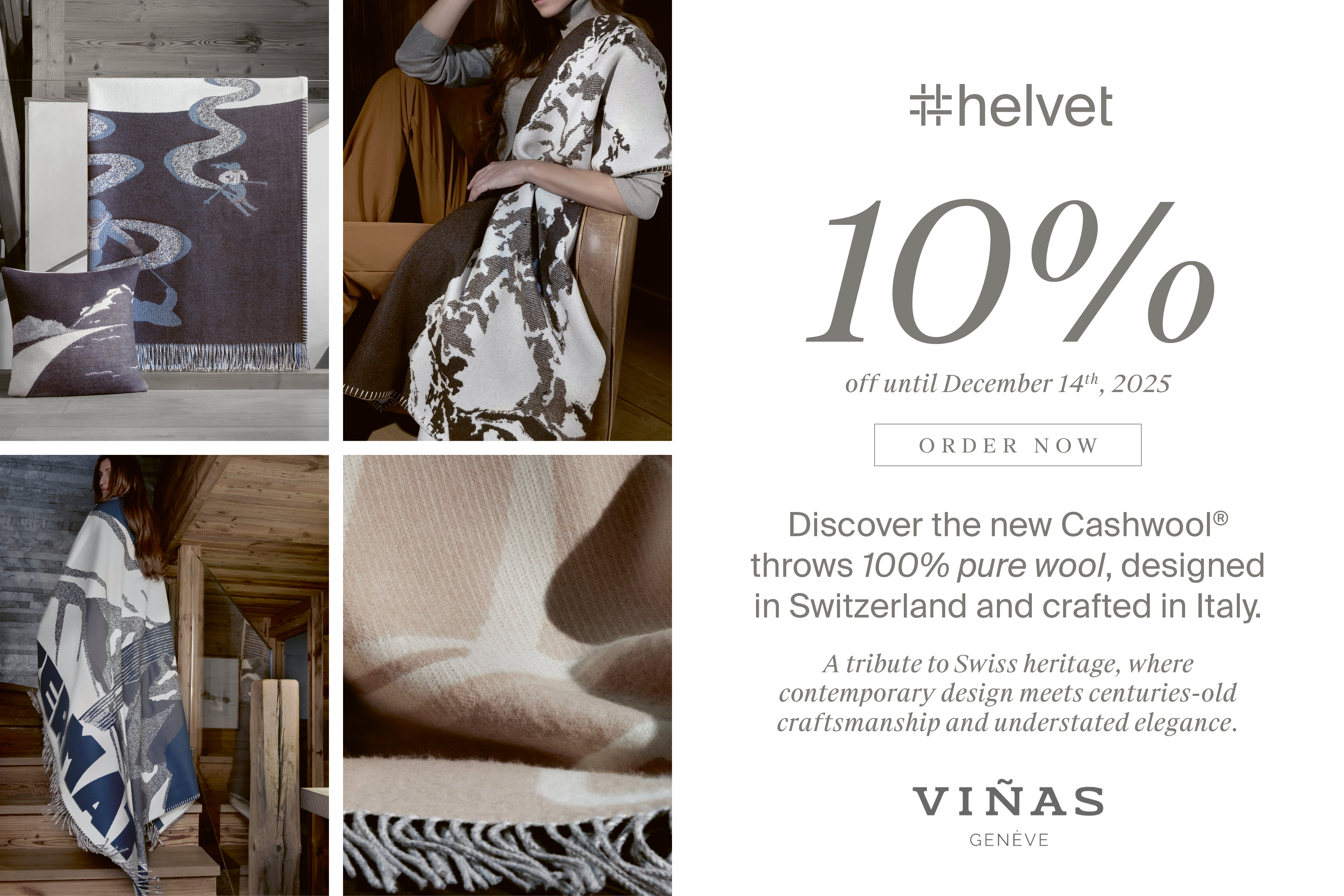
Hestra
Swedish ethics
Deep in the Swedish forests, the lumberjacks have ice in their beards, and they take the quality of their gloves very seriously. The best way to understand the values behind the specialized brand Hestra is to embark on an excursion to Småland, where the forests and the ski slopes merge.
The story of Hestra begins in 1936, in a village by the same name that’s located in Småland, in Southern Sweden. Here, Martin Magnusson started making gloves for the local woodcutters. As a lumberjack himself, he wanted to make the best gloves possible. His secret? He used flax yarn — which was more expensive, but which made for more robust seams — and rivets. He quickly began making gloves for winter sports enthusiasts as well, who came in large numbers by train to ski the Isaberg slopes. Four generations of Magnussons — all of whom are passionate about skiing, the outdoors, and gloves — have since firmly established the Hestra brand as a high-quality name with values that are as firm as a Swedish lumberjack’s arms.
Keep close ranks (and keep your hands warm)
In the Hestra region, long before company ethics became a common household term, respect was the word of the day. Anton Magnusson, the great-grandson of Martin — who is now at the helm of Hestra — describes the tenacity and upright character of the local Smålanders: “100 years ago, the people here always had to work a little harder than the others to have enough to eat. Nothing was taken for granted. Today, Hestra is still a small village of barely 500 inhabitants. Everyone knows each other and thus, everyone is truly responsible for their own actions. We consider it honourable to treat each other with the greatest respect and to be true to our word. The Hestra brand was born of this culture. We place a lot of importance not only on the quality of our gloves, but also on our company and the society that we are part of”.
Hestra takes up the gauntlet
With its thick coat of winter snow, the Småland region has long sparkled with snowflakes in the eyes of winter sports enthusiasts. It all began in the 1920s in Isaberg, on some of the most beautiful slopes in the southlands — a rarity here, in an area which has largely been flattened by glaciers over the course of thousands of years. One of the country’s first slalom courses opened in the winter season of 1936-1937. All of the skiers needed equipment. Skiers themselves, Martin Magnusson and his two sons, Lars-Olof and Göte, got to work.
As time passed, the brand became well established in the local scene. Then in the 1970s, Hestra, under the leadership of Lars-Olof and Göte, became the first to sponsor the Swedish National Ski Team. The team’s star skier Ingemar Stenmark quickly dominated the podiums, and over the next decade, he always sported Hestra’s colours on his hands while the world watched on television.
Ever a pioneer, Lars-Olof also established a joint venture with two Chinese manufacturers in 1970. But it was the next generation of Magnussons, Claes and Svante, that truly transformed Hestra into an international brand in the 1990s. Determined to ship their products globally, the two brothers would spend whole nights packing boxes listening to Pink Floyd. Success was on the horizon.
The art and technique of making gloves
The brand also has a number of exceptionally long-lasting production partnerships with two distinct Hestra manufacturers, located in Vietnam and Hungary. These countries are some of the last to still practice Europe’s heritage glove-making traditions, and it’s here that Hestra’s line of high-end, leather city gloves are made. Anton and his brother Niklas even received training themselves in this artisan craft — a testament to their dedication to Hestra’s origins and the essential art of high-quality craftsmanship.
Eco-friendly materials
Starting in the 1980s, Hestra began using Ecocuir, which is chrome-free. Today, some of their textiles are plastic based or made of recycled materials. The majority of the company’s water repellent treatments are free from perfluorinated compounds and Hestra uses ZQ-certified merino wool from New Zealand — responsible, traceable, durable, high-quality wool from humanely-treated animals.
The gloves themselves are a vehicle for sustainable development given the level of care that goes into their production and quality. Even better: the interior lining of several models can be independently replaced, extending the longevity of the gloves. Hestra also offers a repair service. There’s nothing better for keeping your hands warm all winter long than a pair of Hestra gloves!






















